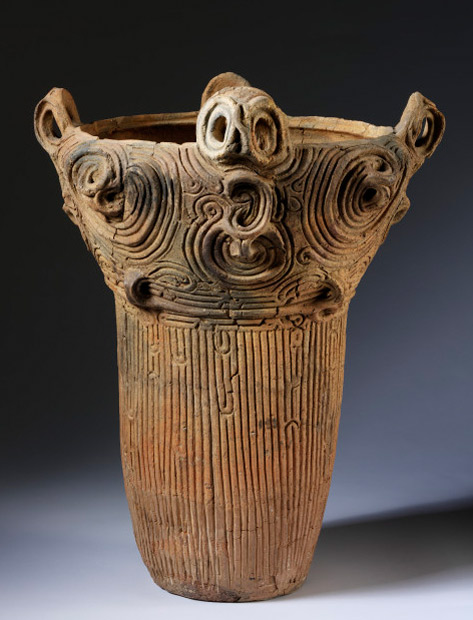 Kanto, Japan 3500 BC-2500 BC ( Met Museum )
Kanto, Japan 3500 BC-2500 BC ( Met Museum )
Ceramics from archaeological digs have traditionally played a vital role in the development of chronological sequences, with relative dating techniques such as typology, stratigraphy and seriation all used extensively. Direct radiocarbon dating of pottery is relatively uncommon due to the presence of carbon sources with differing ages, for example geological carbon remaining in the clay after firing, added organic temper, carbon from the fuel of the kiln and exogenous contaminants absorbed from the burial environment
A more promising source is provided by lipid residues absorbed into the pot wall, since these should relate directly to periods of use (Heron & Evershed 1993).An increasingly wide range of organic commodities has been identified from lipidic components of archaeological pottery, including those derived from beeswax, birch bark tar, degraded animal fats, plant oils and marine oils. Lipids absorbed within pottery are excellent candidates for routine C dating as they are widespread at most archaeological sites and often occur in high abundance. Lipids have fast metabolic turnover rates which ensure ages close to the date of death of the organism.
Some of the renown antiquated pottery items from various Museums are displayed below. This is not presented in chronological order.
Cyrprus Jug 1230BC Lourve
Ceramica,_vase_ansato Fiesole Archaeological Museum Italy
Artémis_Orthia_protomés National Archeological Museum Athens
3500BC Ancient city of Girsu Iran Vase_Telloh_Louvre
Bushel_ibex_Louvre_4200 BC Susa Iran
Mayan Pottery Figure
Chinese Vase Shanghai Museum
Hallstatt Culture Vessel 10TH-6TH BCE
China_Majiaoyao_painted_pottery_2100BC_Neolithic
Female Mask 5th-2nd Million BC
( Iraq Museum )
Jug Louvre – 1230bc Cyprus
Andean Ceramic Vessel Peru
( Minneapolis Institute of Arts )
Tang Dynasty Vase 618-907 AD
Terracotta_Skyphos_(Deep_Drinking_Cup) 4th century Greece
Keel-shaped vase with wading birds and birds with open wings.
Terracotta, Susa I (4200–3800 BC), found in the necropolis of the Tell of the Acropolis.
Lourve Museum
Andean Double Spout Vessel 900-200 B.C
( Minneapolis Institute of Arts )
Vase with four lobed body, Persia, 1100-1300
Menkaure and wife, egypt, 2500 BCE
Ancient Chinese Jug ( Shanghai Museum )
From Iraq
9th century AD
This dish has been stamped with a rhyming couplet in four lines of Kufic script. The lines are from the Umayyad poet Muhammad Bashir ibn al-Khariji:
‘Do not abandon hope, long though the quest may endure
You will find ease of heart, if only you are patient.’
( British Museum )

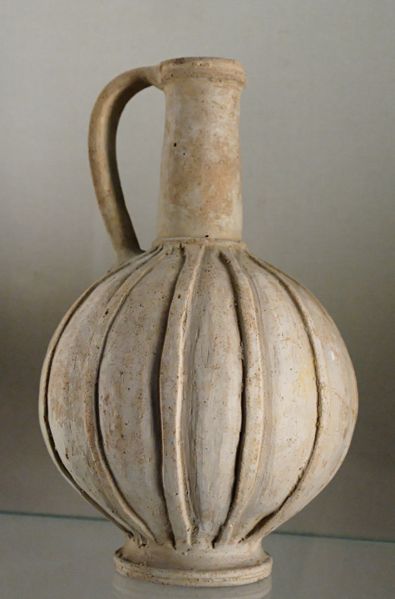
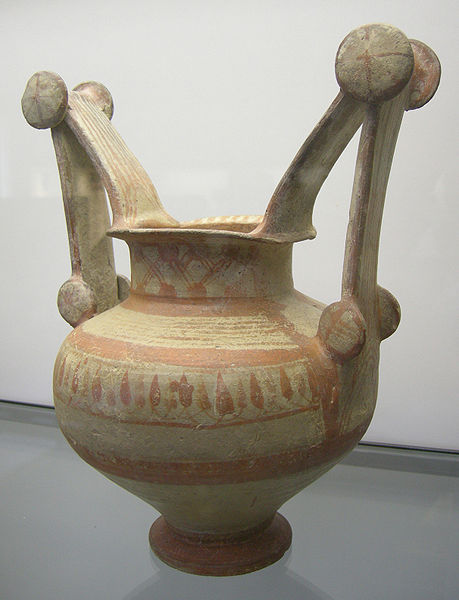
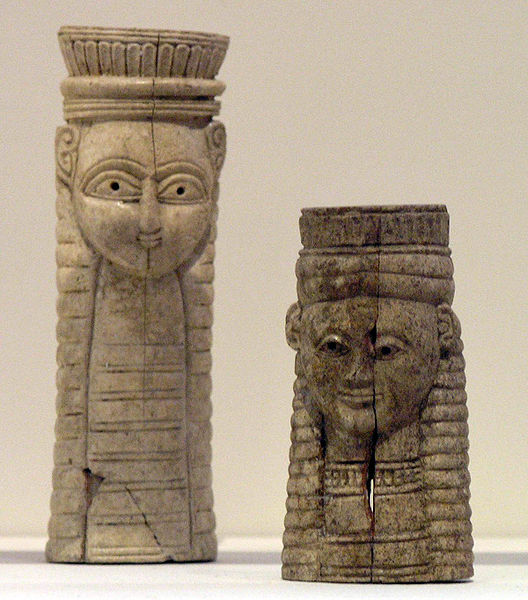
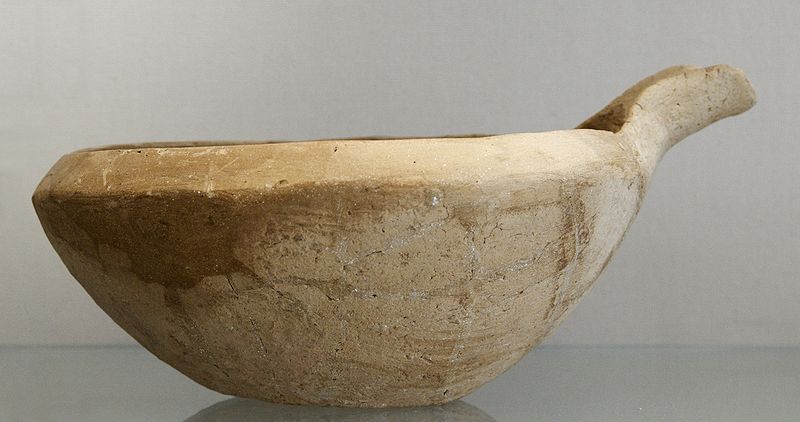
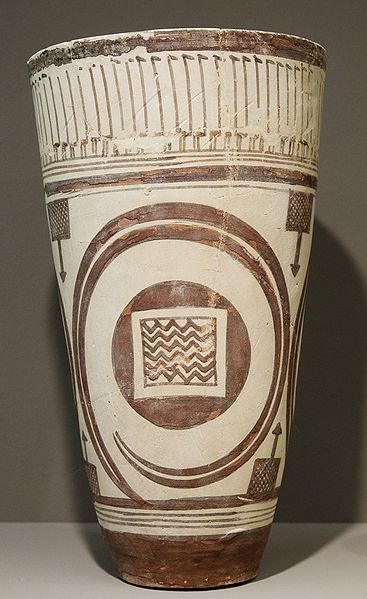
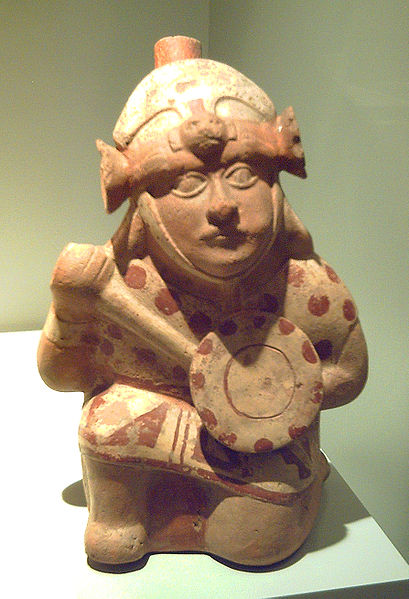
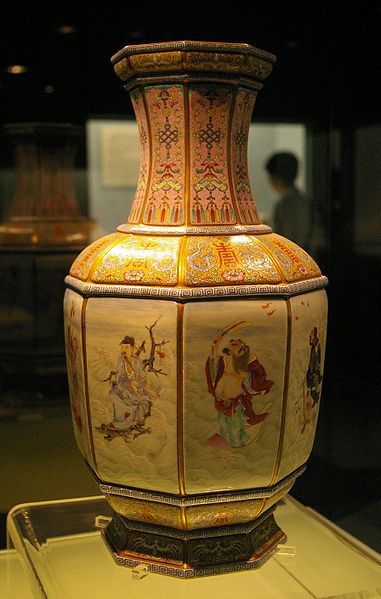
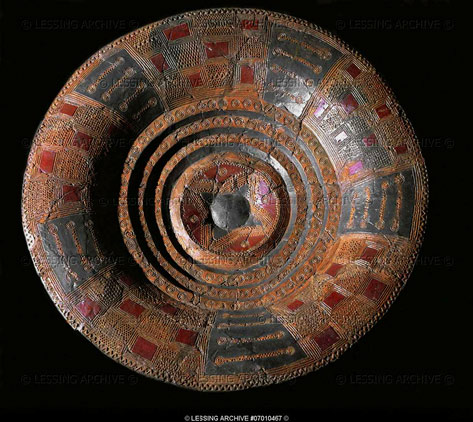
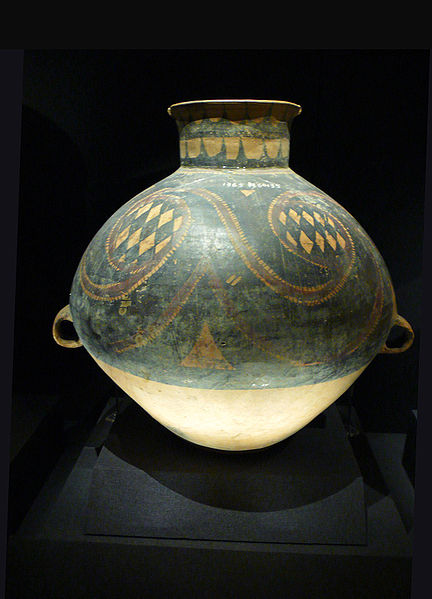
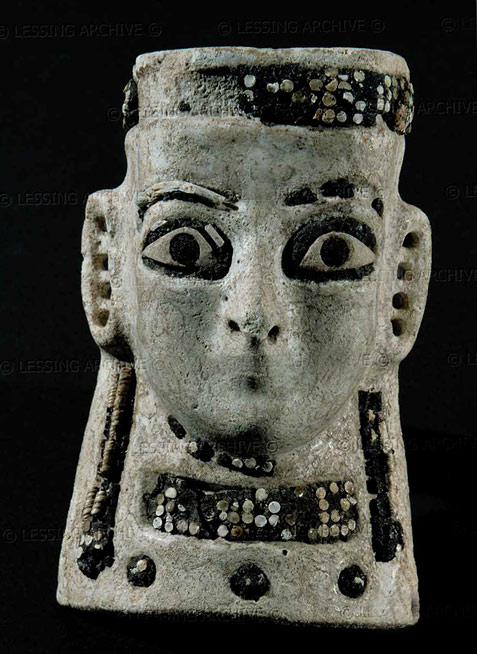
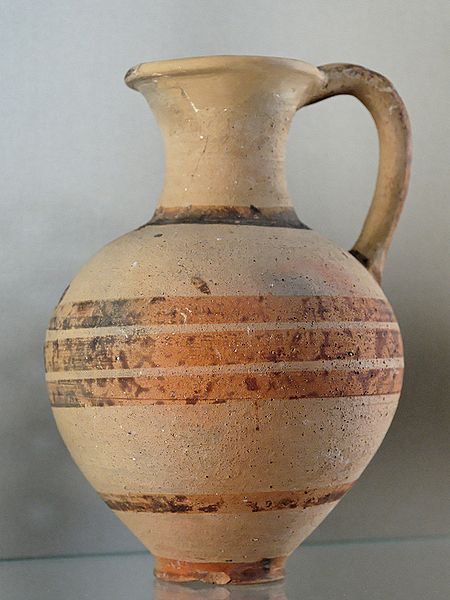
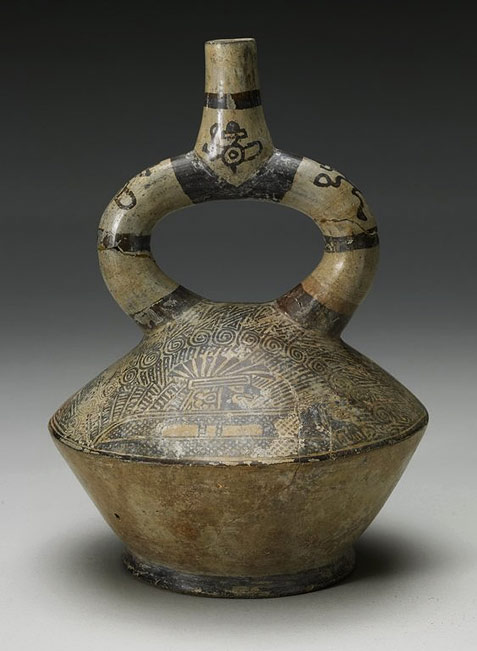
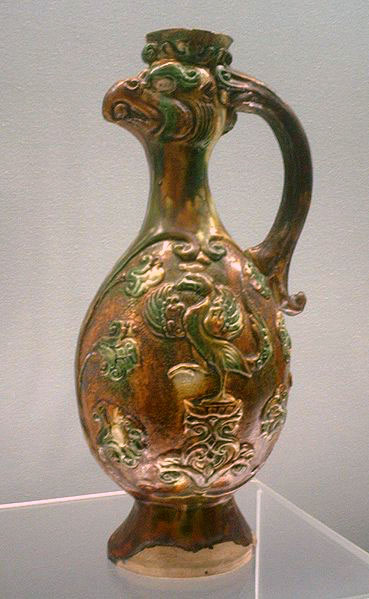
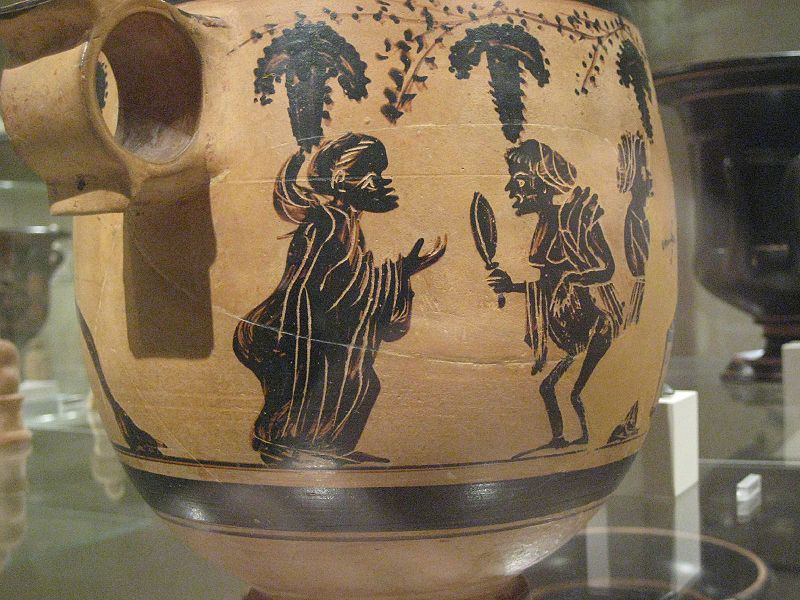
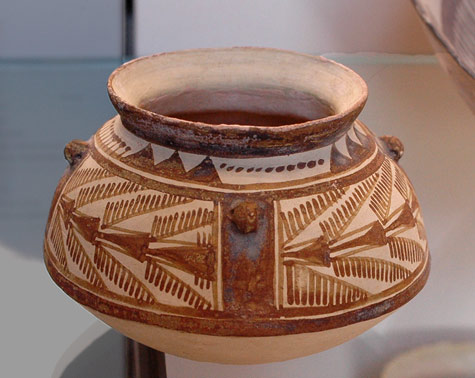
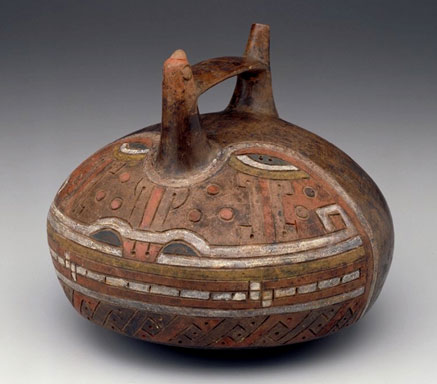
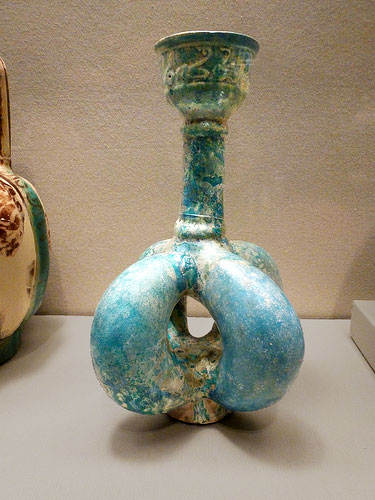
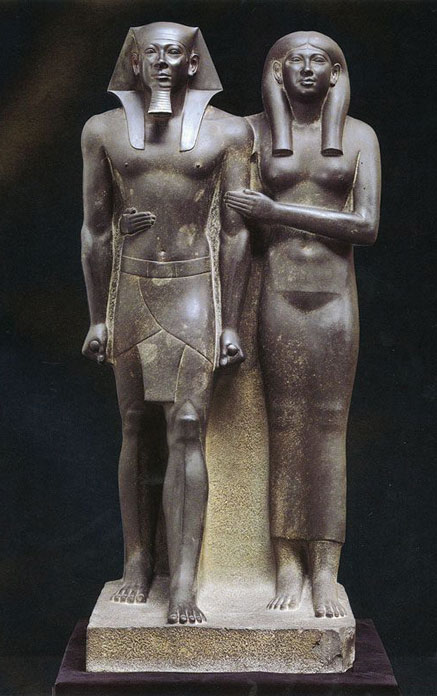
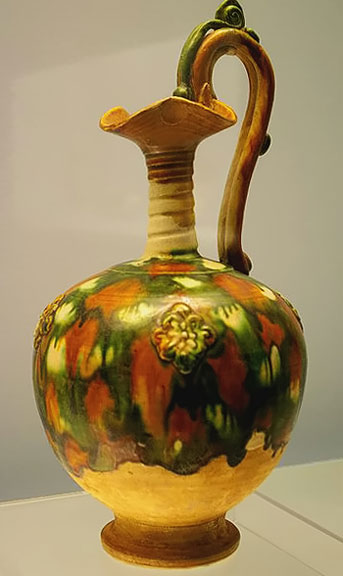
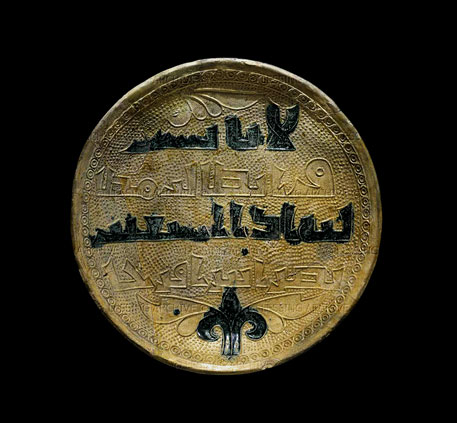

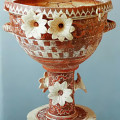
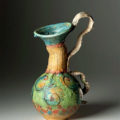









































































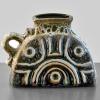
2 Comments
es no maya en esta pajina son incas
You are absolutely right Anonymous! I recognized it too. It is not Mayan it is a Mochica warrior from the pre-inca Moche culture.